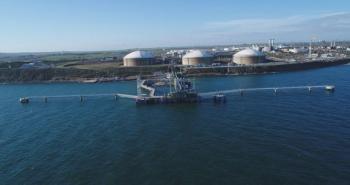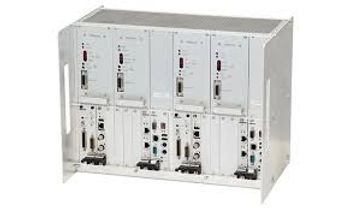
TurboTime Podcast: Remote Monitoring with EthosEnergy
In this episode of the TurboTime podcast, Daniel Tegtmeier, Director of EthosEnergy’s Performance Center, talks about remote operations and monitoring.
This episode of the TurboTime podcast features an onsite interview from our Turbo Tour of EthosEnergy’s Light Gas Turbine and Performance Center Facility in Houston. Assistant Editor James Cook talks with Daniel Tegtmeier, Director of EthosEnergy's Performance Center, about remote monitoring and operations, the changing energy landscape, and the benefits of remote start/stop and virtual capabilities.
Q: How does remote monitoring keep simple-cycle assets viable in a market focused on renewable energy?
Tegtmeier: If you think about a machine built 20+ years ago and its efficiency, it still has a place in the market when competing with renewables. It’s not like it used to be though—these units used to run wide-open, 24/7. They’re now intermittent assets competing with renewables and zero-cost fuels, but once the wind stops blowing and the sun stops shining, that load is gone.
These are simple-cycle configurations, so they can come online quickly and be at 100 - 120 MW in less than an hour. So, you’re going to staff a facility 8,000 hours per year in case they call you up? That’s part of what we do and the justification for remote operations—you need the intermittent load from simple-cycle assets in rapid fashion, but you can’t afford to staff these places full-time.
Q: In addition to that justification, are there any safety improvements delivered through remote start/stop and control capabilities?
Tegtmeier: Economics seems to drive most decision processes behind whether you’re remotely operating a facility or not; however, there’s a huge safety aspect. You don’t need people there 24 hours a day around equipment with a lot of pent-up energy, so exposure levels drop dramatically. For the most part, these machines are designed so well and over-engineered from day one that they’re conducive to [remote monitoring].
Newsletter
Power your knowledge with the latest in turbine technology, engineering advances, and energy solutions—subscribe to Turbomachinery International today.




